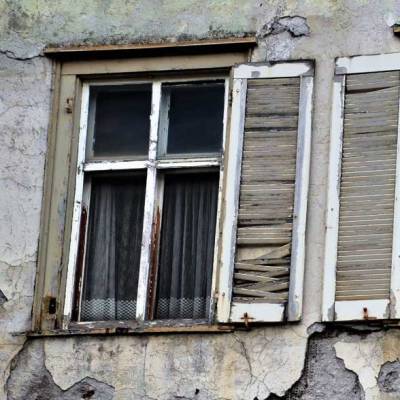

With the monsoon drawing closer, BMC (Brihanmumbai Municipal Corporation) has declared 331 buildings as dilapidated and unfit for residence. Sixty-seven per cent of these are presently occupied. In Delhi, more than 600 buildings were declared dilapidated last year, and according to KMC (Kolkata Municipal Corporation) reports, Kolkata has about 3,000 buildings that have been deemed insecure. And yet, buildings such as these continue to remain occupied with a sticker mutely declaring them “dangerous” marking their entrances, but more or less going unnoticed – until one of them finds a place in a headline for collapsing.
Electrical Safety –
Fire Safety –
Structural Safety –
Why buildings fail
Last week, an under-construction building collapsed in Delhi. Another building from Mumbai made reports last month, which collapsed due to a leakage problem according to the preliminary reports. Three buildings collapsed in Bengaluru last October within a span of a fortnight raising many concerns. These are neither all the collapses reported, and regrettably, nor the last of its kind, which begs the question: why do buildings fail in the first place?
Every building is exposed to multiple factors that deteriorate it in multiple ways. This process is not just inevitable but also a key starting point in beginning to understand the lifespan of a building in order to better manage it.
Concrete members crack over time because of the alkali-silica reactions taking place. The alkalis from the cement react with the silica in the aggregates to produce a gel that swells when exposed to water and increases the internal pressure. Concrete also deteriorates in the presence of salinity which can either come from contaminated soil or from proximity to coastal areas. Steel elements of an infrastructure corrode overtime when they come in contact with chloride or saline environments as well. Failure of materials is the obvious cause that leads to the failure of structures.
Buildings also fail due to complexities introduced in the form of unplanned loads or misdesigned additions which subject the building formwork to unexpected stresses often leading to a risk of failure.
In the case of old buildings, minor accidents like leaks and short circuits may result in unexpected damage such as unforeseen collapses or a fire outbreak because the elements may be already weakened and susceptible to failure.
However, once a structure’s optimal performing mark has passed – usually, 30 years for an RCC structure but after 10 years of occupancy is widely recommended – regular safety auditing, non-destructive surveying and chemical testing to diagnose a building’s health must be a standardised practice. Additionally, this is a responsibility not just of the urban municipal bodies but also of the designers, planners, owners and tenants involved.
Collapsed and demolished buildings pose significant health and environmental threats. These may be in the form of exposed wirings, gas leaks, poisoning from carbon monoxide from fuel-burning equipment, asbestos dust or airborne lead.
From a sustainability point of view, it is inarguably in the best interests of the local environment and the planet, by association, to invest and ensure the longevity of structures. There are technological advances today that make it possible to track and keep failure points in check which can go a long way in lengthening the life spans of ageing buildings. Renovating and retrofitting of structures combined with timely lifecycle management can postpone a building’s expiry date considerably. Realistically speaking, the rising demand for housing cannot be curbed. But with limited land on our hands, making our existing infrastructure long-serving and long-lasting with as minimum environmental impact as possible is the only way through.